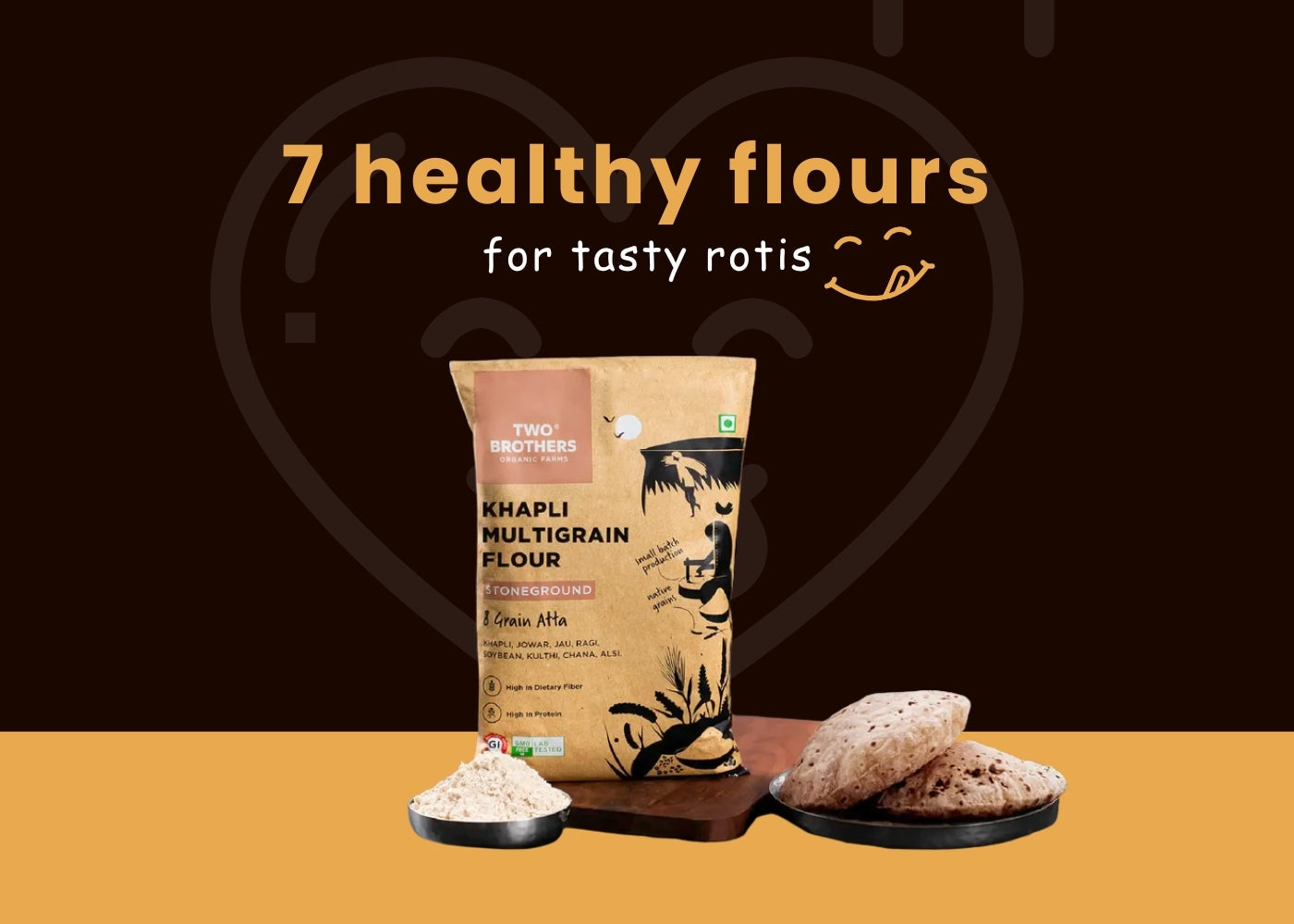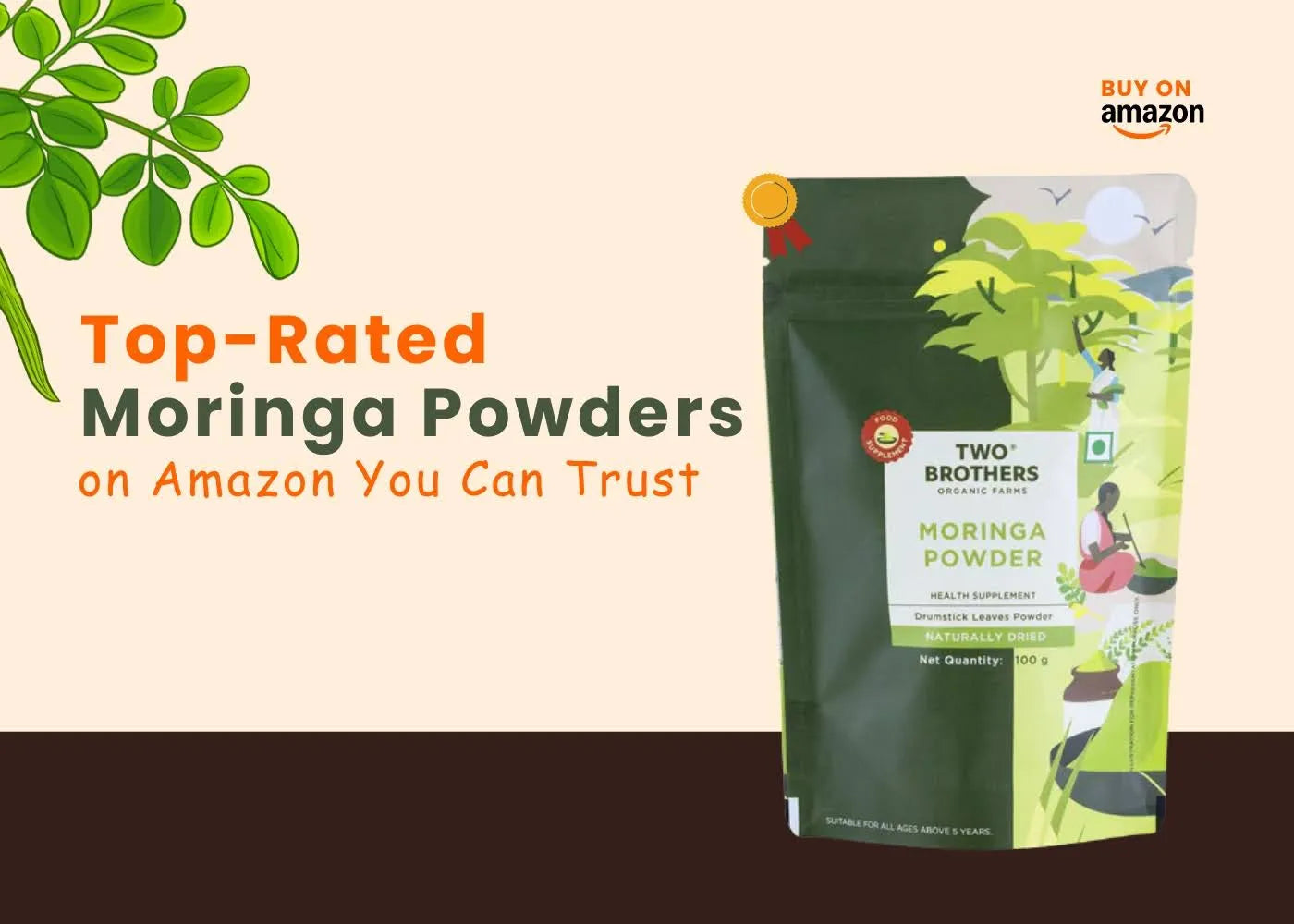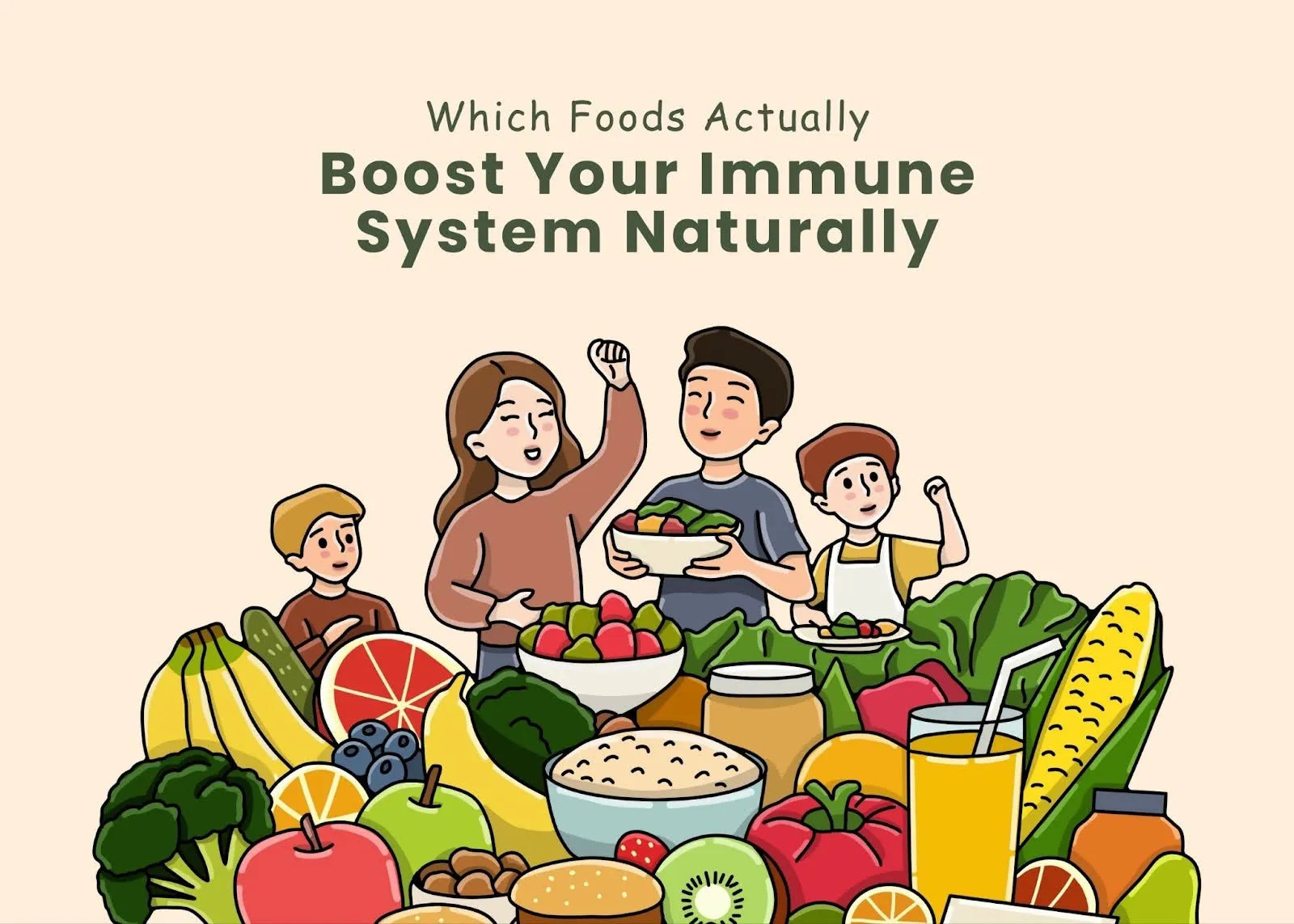Have you ever noticed a faint haze rising from your pan, followed by an acrid smell that tells you something went wrong? That moment when your cooking oil starts smoking isn't just unpleasant, it's a warning. Your kitchen fat has crossed a threshold, breaking down into compounds you don't want in your body or your food. For families seeking cleaner, safer ways to nourish themselves, understanding smoke points isn't just kitchen science; it's a daily act of care.
When you choose what goes into your pan, you're choosing what goes into your body. And in that choice, ghee stands apart. With a ghee smoke point that towers over most vegetable oils, this golden, clarified butter brings both tradition and safety to your table. Let's explore why the smoke point of ghee makes it not just different, but better for the everyday cooking that sustains your family.
What Is a Smoke Point and Why Does It Matter?
The smoke point is the temperature at which a cooking fat begins to visibly smoke and break down. Beyond this threshold, the fat's molecular structure deteriorates, forming free radicals, acrolein, and other potentially harmful compounds. This isn't just about flavor, though burnt oil certainly ruins a meal. It's about what happens when those degraded molecules enter your system.
When oils break down at high heat, they can produce:
- Free radicals that contribute to oxidative stress
- Acrolein, a compound linked to inflammation
- Trans fats are formed from damaged unsaturated bonds
- Loss of nutrients as vitamins and antioxidants degrade
For health-conscious families, avoiding these byproducts matters. And that's where understanding the ghee smoke point becomes essential kitchen knowledge.
Ghee's Smoke Point: A Clear Advantage
Ghee's smoke point sits impressively high, between 450°F and 485°F (232°C to 252°C). This puts it well above most common cooking fats and makes it exceptionally stable for high-heat methods like roasting, searing, and sautéing.
|
Cooking Fat |
Smoke Point |
Best Uses |
|
Ghee |
450°F – 485°F (232°C – 252°C) |
Frying, roasting, high-heat sautéing |
|
Extra Virgin Olive Oil |
375°F – 405°F (190°C – 207°C) |
Low to medium-heat cooking, dressings |
|
Coconut Oil (unrefined) |
350°F (177°C) |
Baking, low-heat cooking |
|
Butter |
350°F (177°C) |
Low-heat cooking, finishing |
|
Canola Oil |
400°F (204°C) |
Medium to high-heat cooking |
|
Vegetable Oil (blend) |
400°F – 450°F (204°C – 232°C) |
General cooking, frying |
As you can see, ghee's thermal threshold surpasses that of butter, coconut oil, and even extra virgin olive oil. This means you can cook confidently at higher temperatures without worrying about your fat breaking down.
Why Ghee Stays Stable When Others Don't
The secret to ghee's resilience lies in what it doesn't contain. Ghee is clarified butter; milk solids, water, and lactose have been gently removed, leaving behind pure butterfat. Those milk proteins and sugars are precisely what cause butter to burn quickly. Without them, ghee becomes remarkably heat-tolerant.
Additionally, ghee is rich in saturated fats, which are inherently more stable than the polyunsaturated fats found in many vegetable and seed oils. While unsaturated fats are beneficial in many contexts, they are more prone to oxidation when exposed to heat, light, and air. Ghee's composition gives it a natural advantage in the kitchen.
Vegetable Oils: What You Should Know
Many vegetable oils, corn, soybean, and canola, are staples in American kitchens. They're inexpensive, neutral-tasting, and widely available. But when it comes to high-heat cooking, they often fall short.
Processing Concerns
Most commercial vegetable oils are heavily refined using heat, chemical solvents, and deodorizers. This processing strips away natural antioxidants and can introduce unwanted compounds. While refinement does raise the smoke point, it also distances the oil from its natural state.
Omega-6 Overload
Vegetable oils are typically high in omega-6 fatty acids. While omega-6s are essential, the modern American diet is already skewed heavily in their favor, often at a ratio of 15:1 or higher compared to omega-3s. This imbalance has been associated with increased inflammation and other health concerns.
Lower Smoke Points
Unrefined or partially refined vegetable oils often have lower smoke points than ghee. Even refined versions hover around 400°F to 450°F, close to ghee's range, but without the same nutrient density or traditional preparation methods.
The Health Benefits of Cooking with Ghee
Beyond its impressive smoke point, ghee offers a range of nutritional advantages that make it a smarter choice for daily cooking.
Rich in Fat-Soluble Vitamins
Ghee contains vitamins A, D, E, and K, nutrients that support vision, bone health, immune function, and skin vitality. These vitamins are better absorbed when consumed with fat, making ghee a natural vehicle for nourishment.
Contains Butyrate
Butyrate is a short-chain fatty acid that supports gut health, reduces inflammation, and may even play a role in metabolic wellness. Ghee is one of the richest dietary sources of butyrate.
Free of Lactose and Casein
Because ghee is clarified, it contains virtually no lactose or casein, making it suitable for many people who are sensitive to dairy. It brings the richness of butter without the digestive discomfort.
Traditional Preparation
When you choose A2 Gir Cow Ghee from Two Brothers Organic Farms, you're choosing ghee made using the traditional bilona method. This slow, hand-churned process preserves the natural goodness of the milk and honors centuries of culinary wisdom. It's the kind of care you can taste and feel.
How to Use Ghee in Your Daily Cooking
Ghee's versatility makes it easy to incorporate into your routine. Here are some simple, practical ways to bring it into your kitchen:
- Morning eggs: A spoonful of ghee in the pan adds richness and helps your eggs cook evenly without burning.
- Roasted vegetables: Toss sweet potatoes, Brussels sprouts, or cauliflower in melted ghee before roasting for a golden, caramelized finish.
- Sautéed greens: Ghee's high smoke point means you can quickly sauté kale, spinach, or chard over high heat without worry.
- Baking: Substitute ghee for butter in muffins, cookies, and breads for a nutty, slightly sweet flavor.
- Popcorn: Drizzle warm ghee over freshly popped popcorn for a wholesome, satisfying snack.
For those who value organic, traditionally made products, the Ghee collection at Two Brothers Organic Farms offers purity you can trust.
Why Two Brothers Organic Farms Ghee Stands Out
Not all ghee is created equal. When you choose ghee from Two Brothers Organic Farms Ghee, you're choosing:
- A2 milk from native Gir cows, raised with care and respect
- Traditional bilona churning, which preserves nutrients and flavor
- No chemicals, no preservatives, just pure, wholesome ghee
- A connection to the land, to organic farming, and to a way of eating that honors both body and earth
This is ghee made the way it was meant to be, slowly, thoughtfully, and with integrity. It's the kind of food that nourishes not just your body, but your sense of what's right.
Common Myths About Ghee and Cooking Oils
"All fats are the same at high heat."
Not true. Fats vary widely in their stability, composition, and smoke points. Ghee's high smoke point and saturated fat content make it uniquely suited for high-heat cooking.
"Vegetable oils are always healthier."
While some vegetable oils offer benefits, many are highly processed and high in omega-6 fatty acids. Ghee, especially from grass-fed or A2 cows, provides a balanced, nutrient-dense alternative.
"Butter and ghee are the same."
Butter contains water and milk solids that burn easily, giving it a much lower smoke point. Ghee is clarified, making it far more stable and versatile.
Conclusion
Choosing the right cooking fat is one of the simplest, most impactful decisions you can make for your health. With its superior smoke point, nutrient density, and traditional preparation, ghee offers a safer, cleaner alternative to many vegetable oils. When you cook with ghee, especially ghee from Two Brothers Organic Farms , you're choosing a food that honors your body, your kitchen, and the earth.
FAQs
1. What is the smoke point of ghee?
The smoke point of ghee ranges from 450°F to 485°F (232°C to 252°C), making it one of the most heat-stable cooking fats available.
2. Can I use ghee instead of vegetable oil for frying?
Yes. Ghee's high smoke point makes it an excellent choice for frying, roasting, and other high-heat cooking methods.
3. Is ghee safe for people with lactose intolerance?
Most people with lactose intolerance can safely consume ghee, as the clarification process removes nearly all lactose and casein.
4. Does ghee have any nutritional benefits over vegetable oils?
Ghee is rich in fat-soluble vitamins (A, D, E, K) and butyrate, a beneficial short-chain fatty acid. It's also free from trans fats and chemical processing when traditionally made.
5. How should I store ghee?
Ghee is shelf-stable and can be stored in a cool, dry place for several months. Refrigeration is not necessary, but it can extend its shelf life.
6. Where can I buy high-quality, traditionally made ghee?
You can find pure, traditionally prepared ghee at Two Brothers Organic Farms, including their A2 Cultured Buffalo Ghee.








